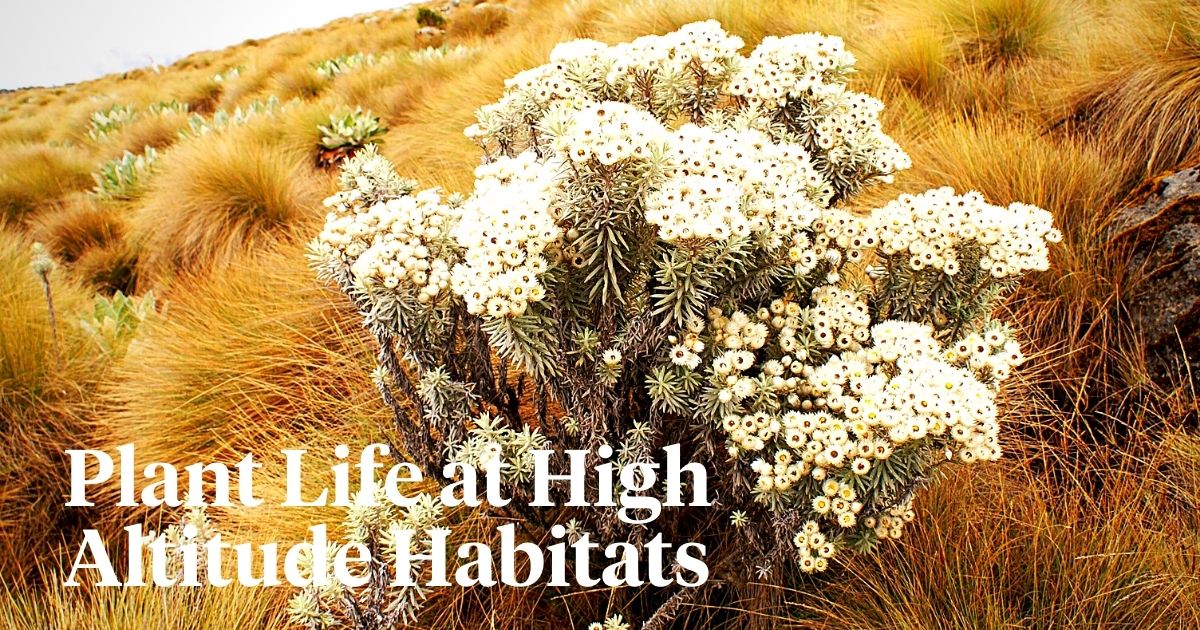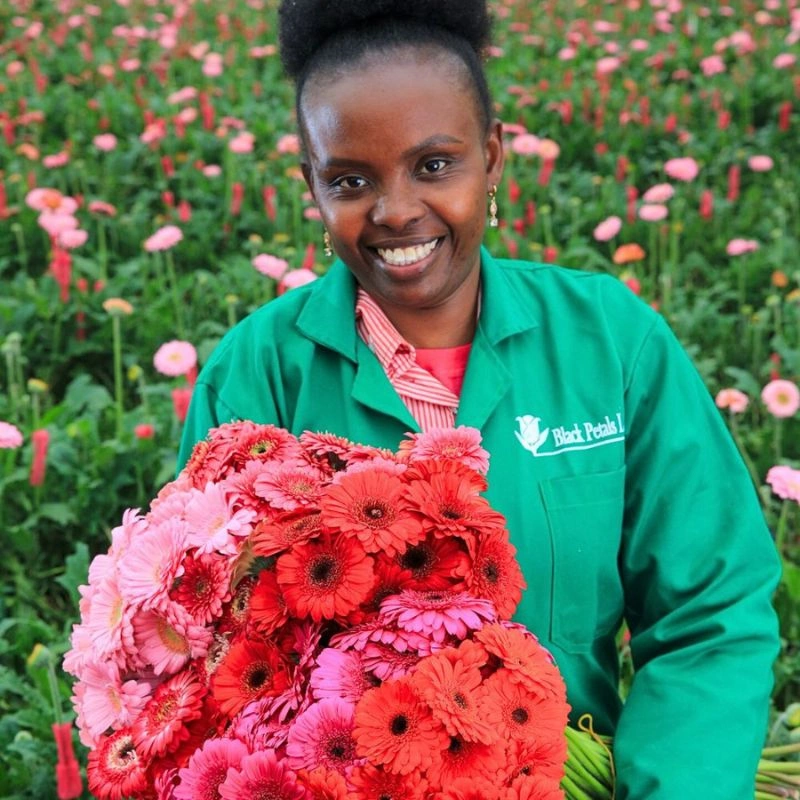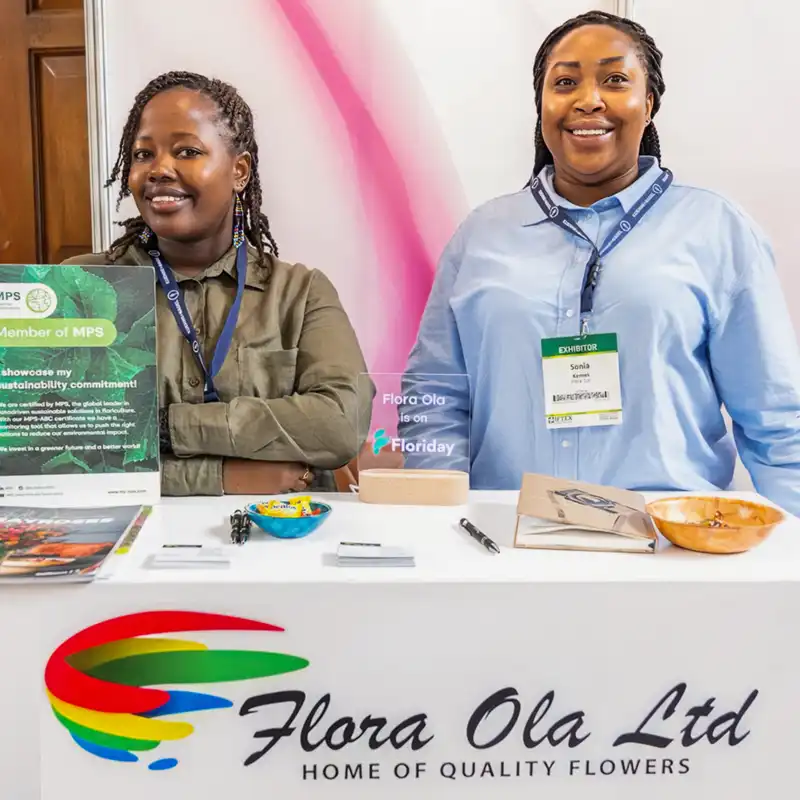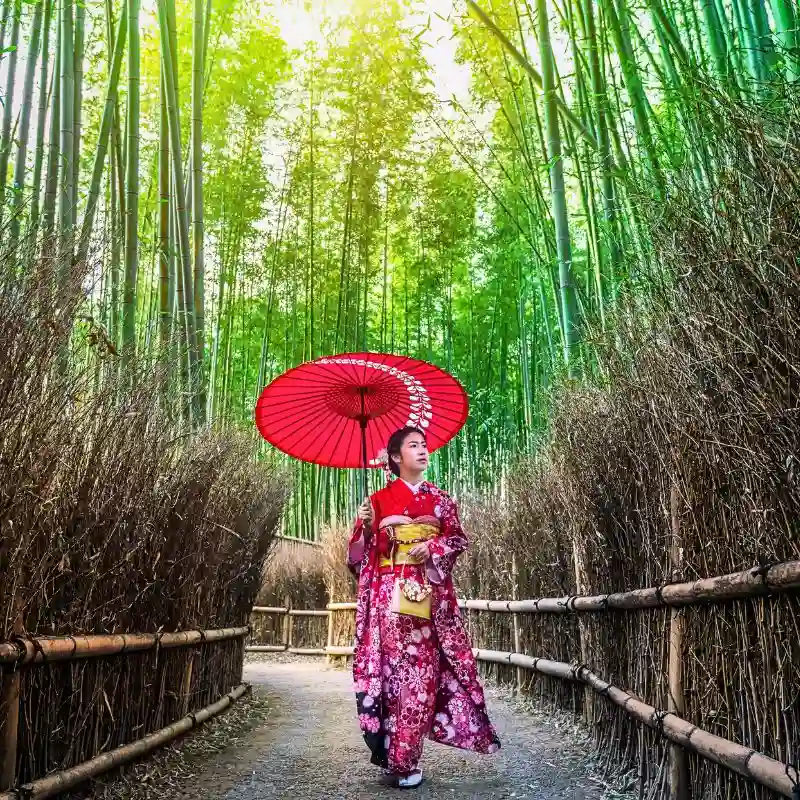Sitting pretty high above the plains that define the African landscapes, Kenyan’s montane regions offer an almost mystical escape to a world where the air is crisp, and the terrains are adorned with a remarkable array of flowers and plants.
These high-altitude ecosystems, found on mountains and highlands, boast unique climatic conditions that have given rise to a diverse and fascinating flora. The flora in turn offers these montane and almost utopic landscapes of Kenya a supernatural feel with the spectacular beauty and fascinating diversity of flowers and plants thriving in mystical heights.
A Journey to the Foggy Forests
Kenya's high-altitude areas are rich in beautiful plant life. Each region showcases its unique forests and flora. Some examples of high-altitude areas in Kenya where stunning plant life thrives include:
Mount Kenya
As Africa's second-highest mountain, Mount Kenya boasts an extraordinary array of plant species across its various altitudinal zones. From the lower montane forests to the upper alpine zone, adorned with unique plants, Mount Kenya's diverse flora is a sight to behold.
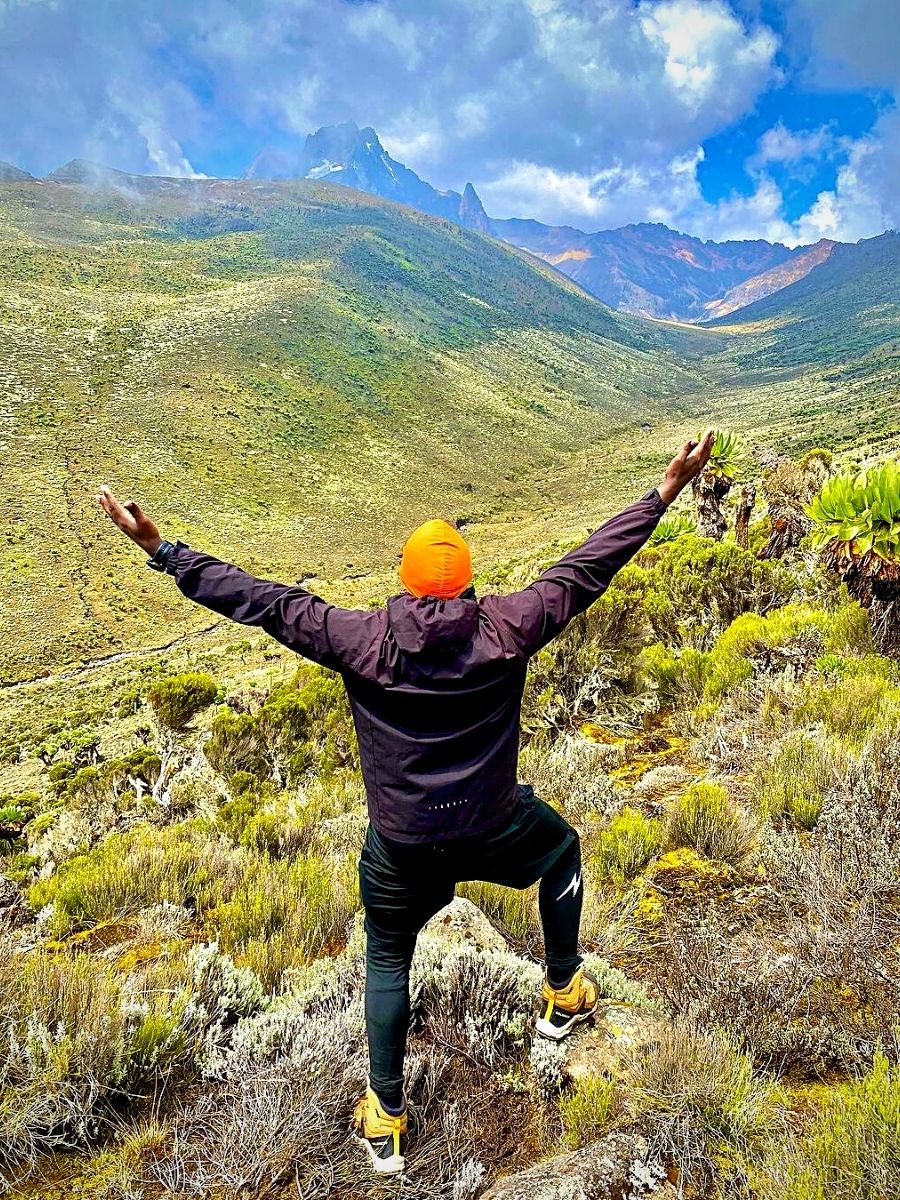
Instagram photo by @robertontrails.
Aberdare Range
This mountain range, located in central Kenya, is characterized by dense montane forests. The Aberdare Range is home to various indigenous plant species which add a burst of color and charm to the misty highland landscapes.
Chyulu Hills
These volcanic hills offer a unique environment for plant life at high altitudes. These are a range of mountains found in eastern Kenya's Makueni County. It hosts places of interest like the Leviathan Cave, also called Grotte de Leviathan, which is one of Africa’s longest cave formations.
The hills are still considered active volcanoes and have stunning flora and fauna on display Here, you can find different exotic plants and flowers thriving amidst the volcanic terrain, creating a fascinating contrast with the surrounding landscapes.
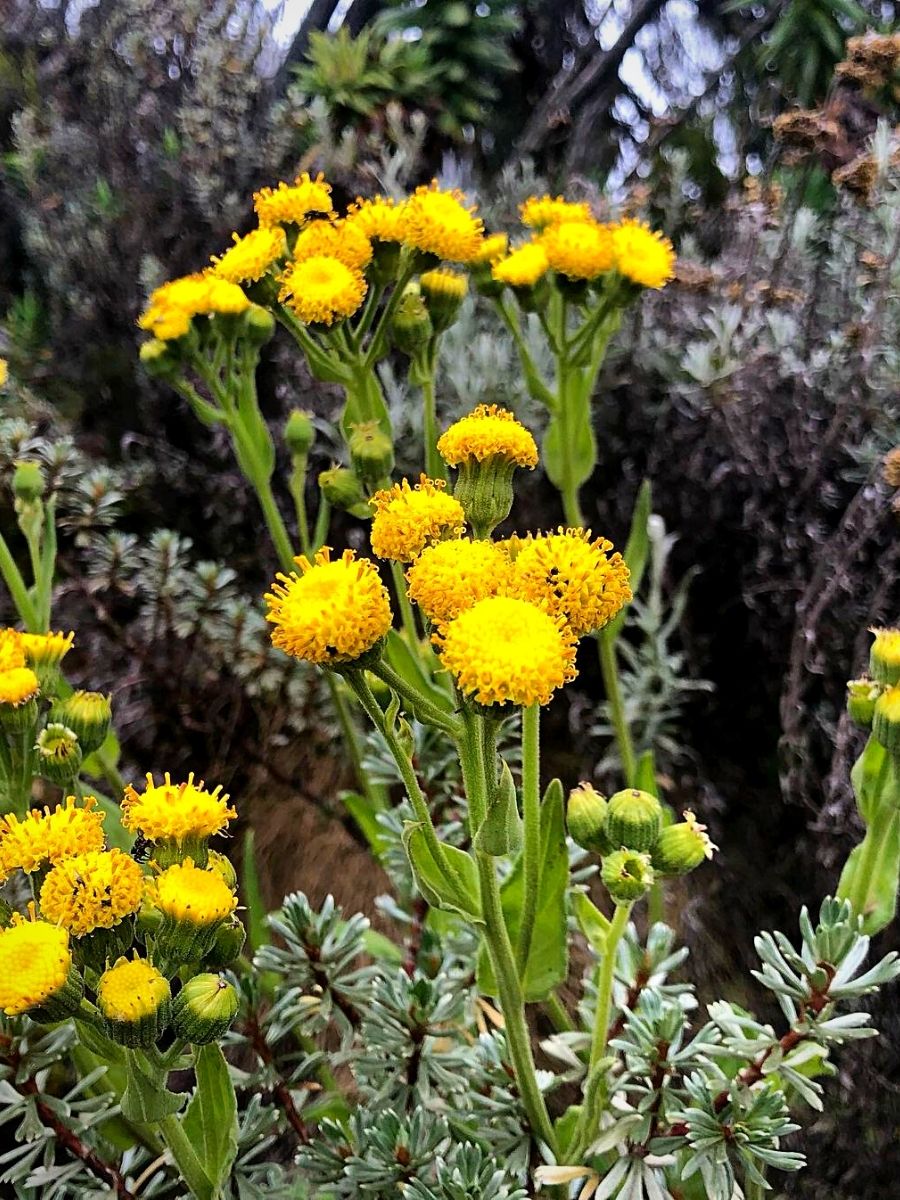
Instagram photo by @afeltours.
Mau Escarpment
The Mau Escarpment is a large escarpment that runs along the western edge of the Great Rift Valley. Its diverse altitude zones harbor a variety of plant life creating a haven for wildlife and contributing to the region's ecological importance.
Mount Elgon
Straddling the border between Kenya and Uganda, Mount Elgon is an extinct volcano with a unique caldera and high-altitude montane forests. Here, you can find a host of indigenous plants and flowers that are quite fascinating to perceive.
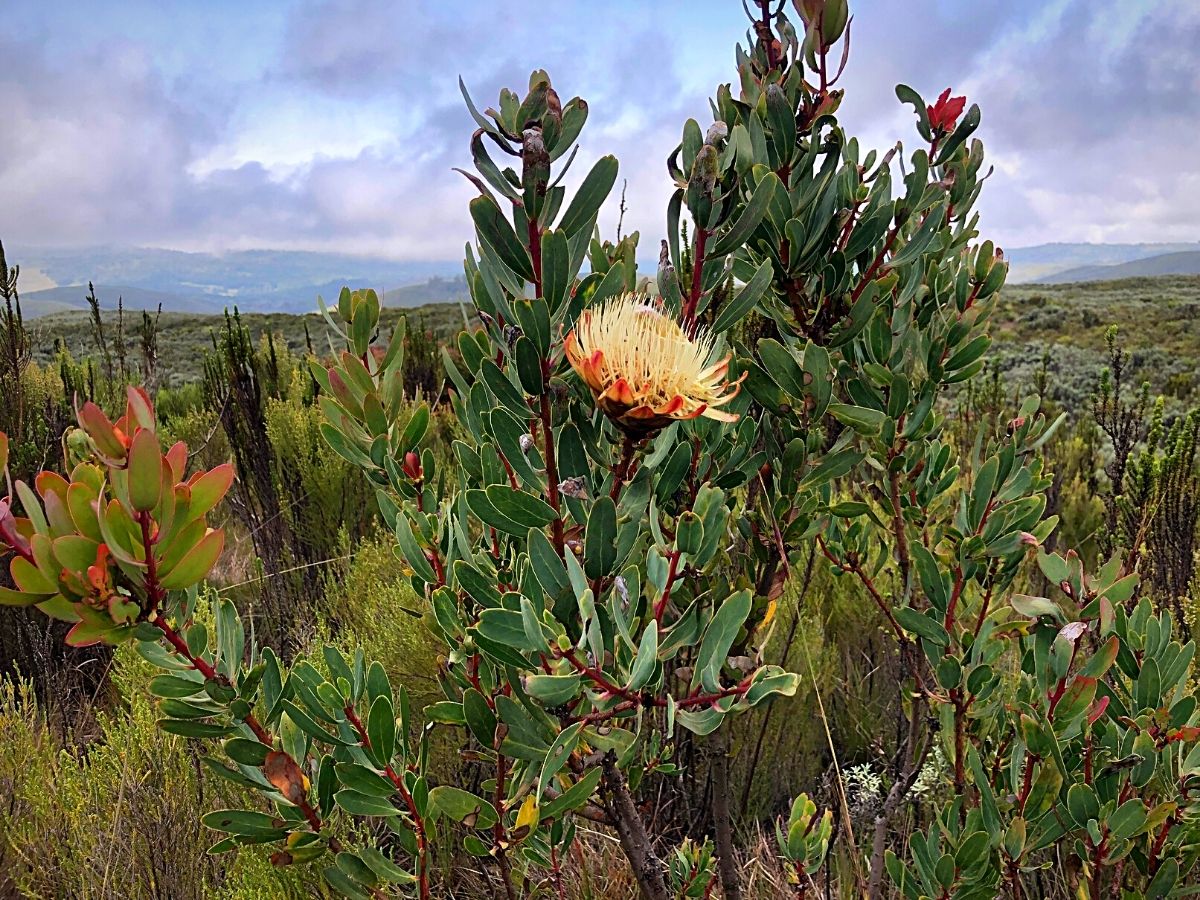
The Ngong Hills
Close to Nairobi, the Ngong Hills offer a scenic view of the Great Rift Valley. The higher elevations support a mix of grasslands and shrubs, including species that thrive in cooler climates.
The Taita Hills
The Taita Hills are a cluster of high-altitude mountains located in southeastern Kenya. These hills are also home to a mix of unique flora and fauna.
Kakamega Forest
While not a high-altitude mountain region, Kakamega Forest stands out as a unique relic of the ancient tropical rainforests that once covered much of East Africa. This forest reserve harbors a variety of plant species, including some found only in this remnant of the past.
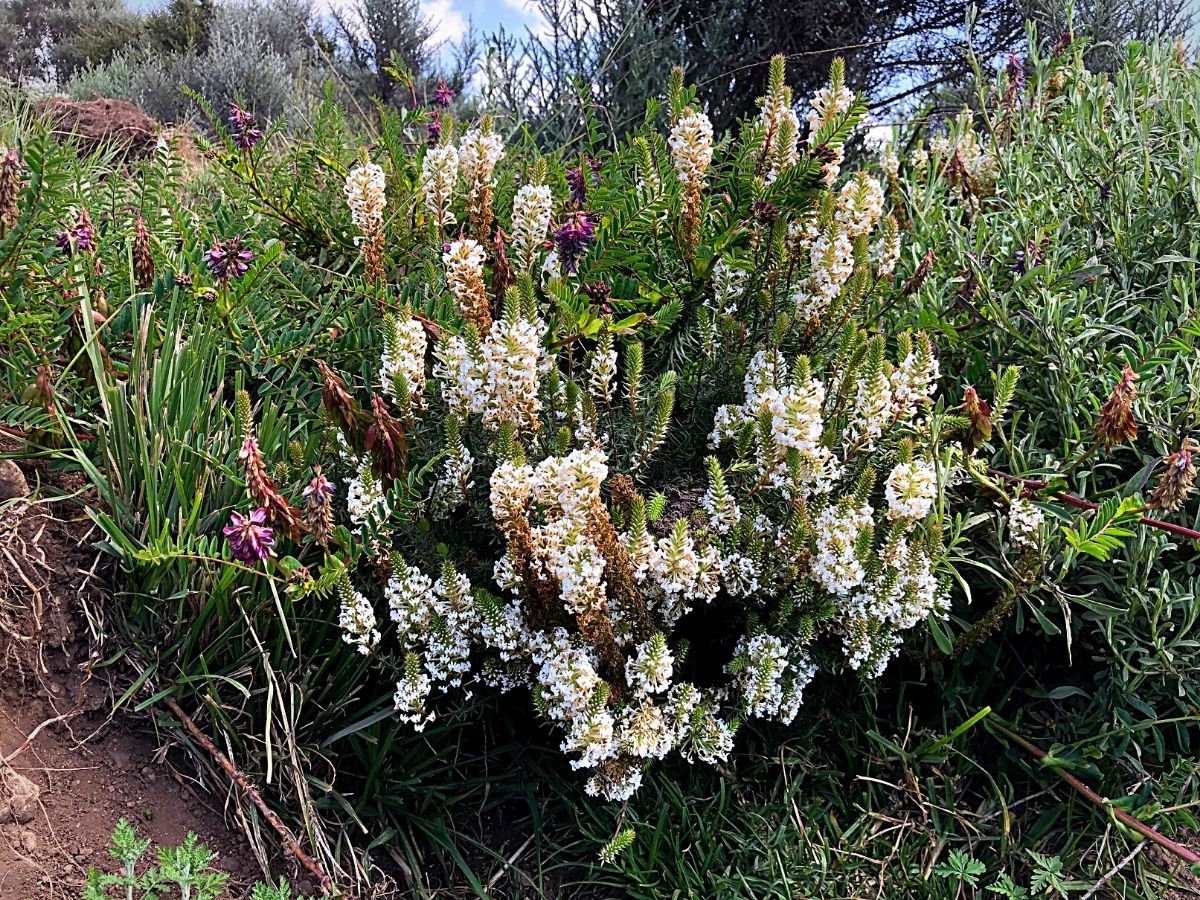
These Seven Marvelous Plants Define Kenya's Montane Regions
Kenya’s high-altitude regions are a habitat for some iconic plants and flowers that would give any enthusiastic floral designer an idea or two for their next floral design. Some of the plants found in these regions include:
The Giant Groundsel (Dendrosenecio Keniodendron) Is a Towering Marvel
One of the most iconic plants of the montane regions is the Giant Groundsel, scientifically known as Dendrosenecio Keniodendron. Standing tall as though they are the custodians of the mountains, these giant senecios can reach staggering heights of up to 15 meters.
Their magnificent silver-green leaves form rosettes that crown their sturdy stems, which are adorned with soft, woolly hairs to protect them against the chilly mountain winds and the extremely cold conditions
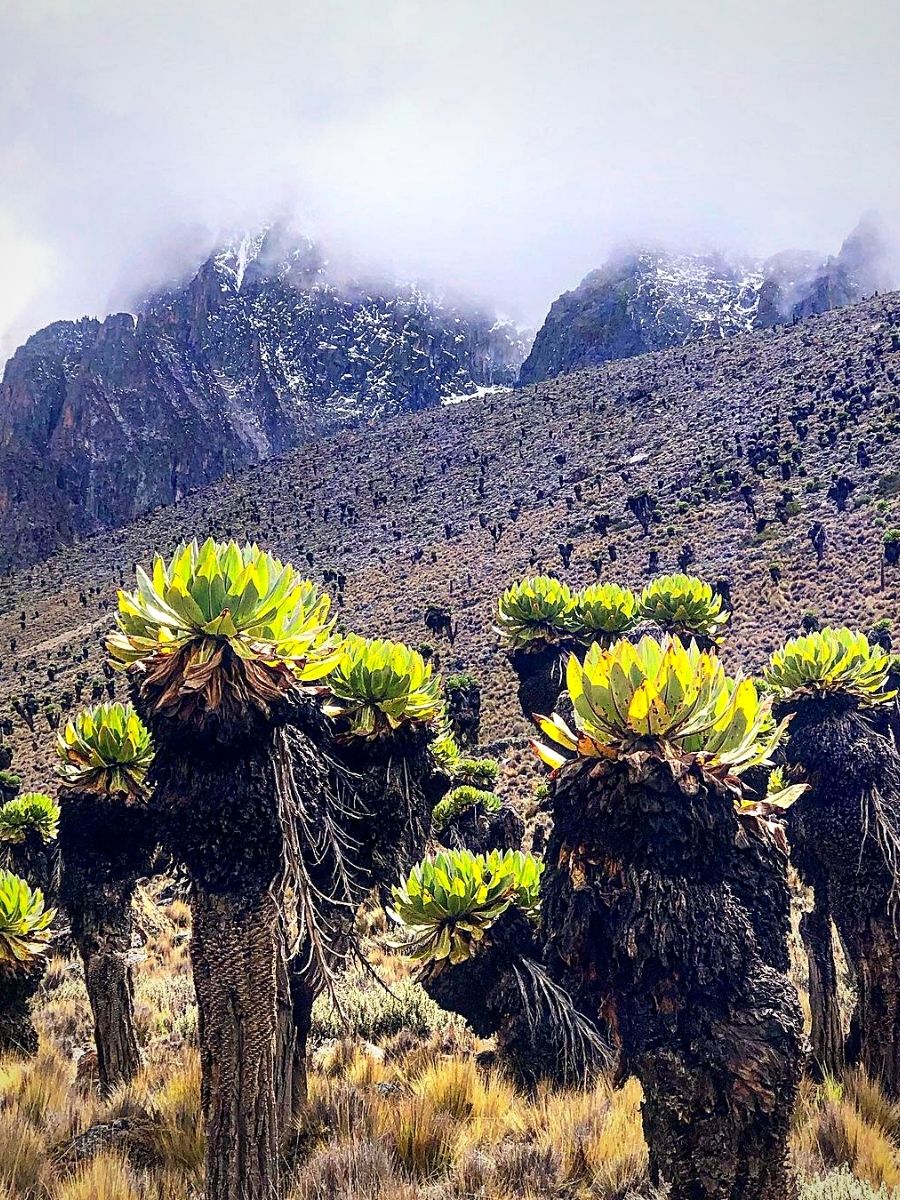
Instagram photo by @fromthetribe.
The Giant Groundsel predominantly graces the moorland regions of Mount Kenya and the Aberdare Range, adding an air of resplendence to these landscapes. But their true splendor lies in their blooming phase, when they produce exquisite clusters of white flowers.
These floral displays form part of the nourishment for the unique montane fauna, including varieties of insects and high-altitude birds.
The Colorfulness of Lobelias
In the montane regions, one can't help but be intrigued by the fascinating Lobelia species. Among them, Lobelia Deckenii and Lobelia Telekii stand out as the most prevalent representatives of this floral family.
Lobelia Deckenii subsp. Keniensis is the variety of Lobelia Deckenii that occurs on Mount Kenya, between 3,300 and 4,600 m (10,800 and 15,100 ft). It boasts tall spikes of striking blue flowers that almost pierce the sky, adding a hint of elegance to the mountain slopes. These blossoms provide a much-needed source of nectar for hummingbirds and sunbirds, which flit among the flowers, enriching the region's mystical charm.
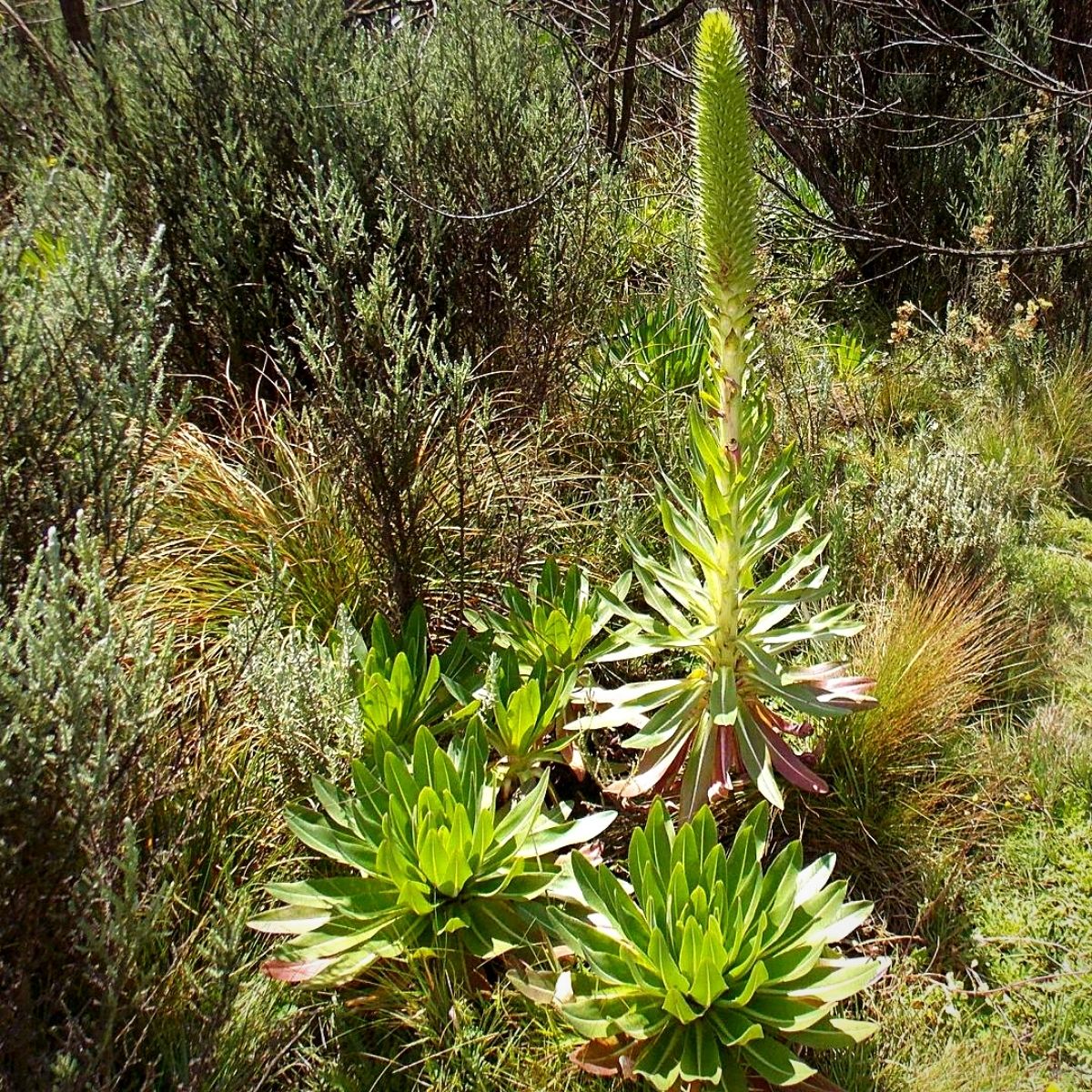
Instagram photo by @dianaroberts_miscellany.
Lobelia Telekii, on the other hand, is a species of flowering plant in the family Campanulaceae, that is found only in the alpine zones of Mount Kenya, Mount Elgon, and the Aberdare Mountains. These lobelias create a stunning floral backdrop for the peaks, making the montane regions of Kenya a true haven for nature enthusiasts and botanists alike.
St. John's Wort (Hypericum Perforatum)
Amid the lush montane forests, a number of flowering plants of the St. John's Wort species, belonging to the Hypericum genus, also find refuge. Known for medicinal properties, this plant has been used for centuries to treat various ailments, including depression and skin conditions. The leaves and bright yellow flowers of St. John's Wort contain compounds believed to have therapeutic benefits, making it a valuable resource for traditional healers and modern medicine alike.
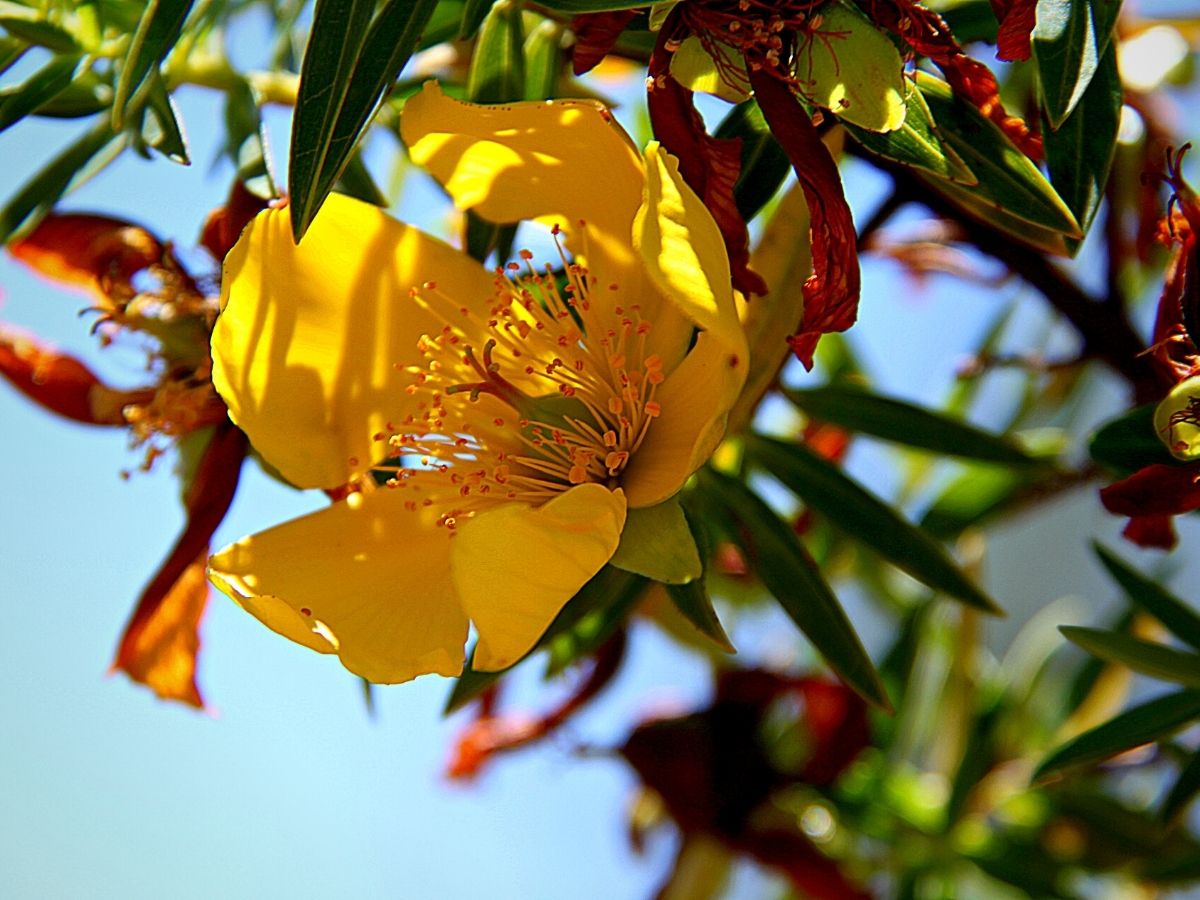
Photo by Wikimedia Commons.
The Hypericum Keniensis, a species of giant St John’s Wort is found in the cloud woodland and parkland of Mount Kenya National Park. This flowering plant grows in the regions predominated by Hagenia Abyssinica and Hypericum Revolutum in the mountainous highlands.
Further to its medicinal value, St. John's Wort adds a splash of sunshine to the montane landscapes. Its cheery blooms attract butterflies and bees, transforming the forest clearings into bustling hubs of activity and guaranteeing the continuation of fauna’s existence in these lofty habitats.
Alchemilla (Lady's Mantle) Dubbed Nature's Dewdrop Collectors
The montane regions also host the delicate and graceful Alchemilla species commonly known as Lady's Mantle. Named for the resemblance of their leaves to the folds of a maiden's cloak, Lady's Mantle has long been admired for its outstanding beauty.
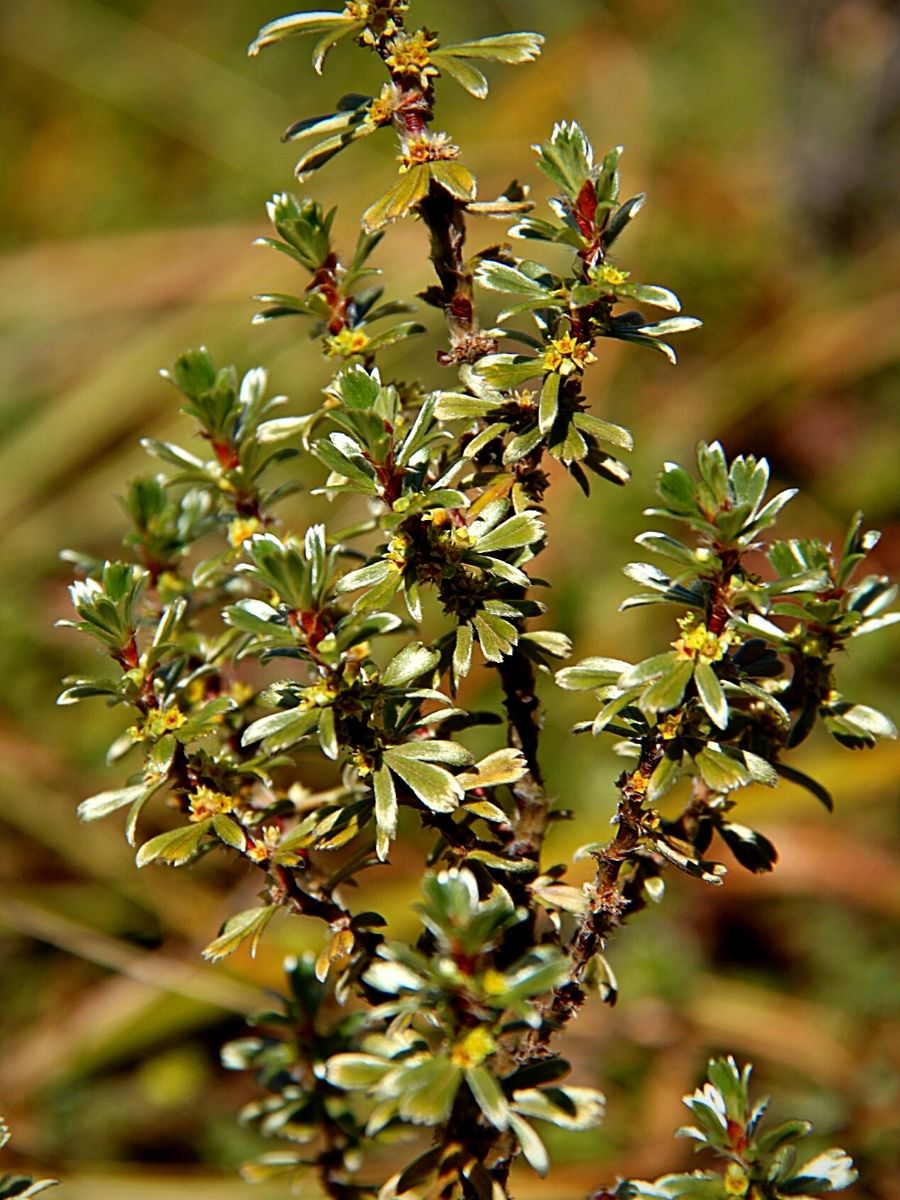
Photo by Dwergenpaartje on Wikimedia.
These plants have a special talent for collecting dewdrops, which delicately bead on their leaves in the early morning hours. This feature, combined with their soft, fuzzy appearance, makes them a favorite subject for photographers seeking to capture the ethereal essence of the montane regions.
Helichrysums Are the Everlasting Flowers at High Altitude
In Kenya’s highlands, Helichrysums, often referred to as ‘everlasting flowers’ or ‘strawflowers,’ flourish in abundance. These hardy plants boast vibrant, colorful blooms that retain their brilliance even after drying, hence their poetic name everlasting flowers.
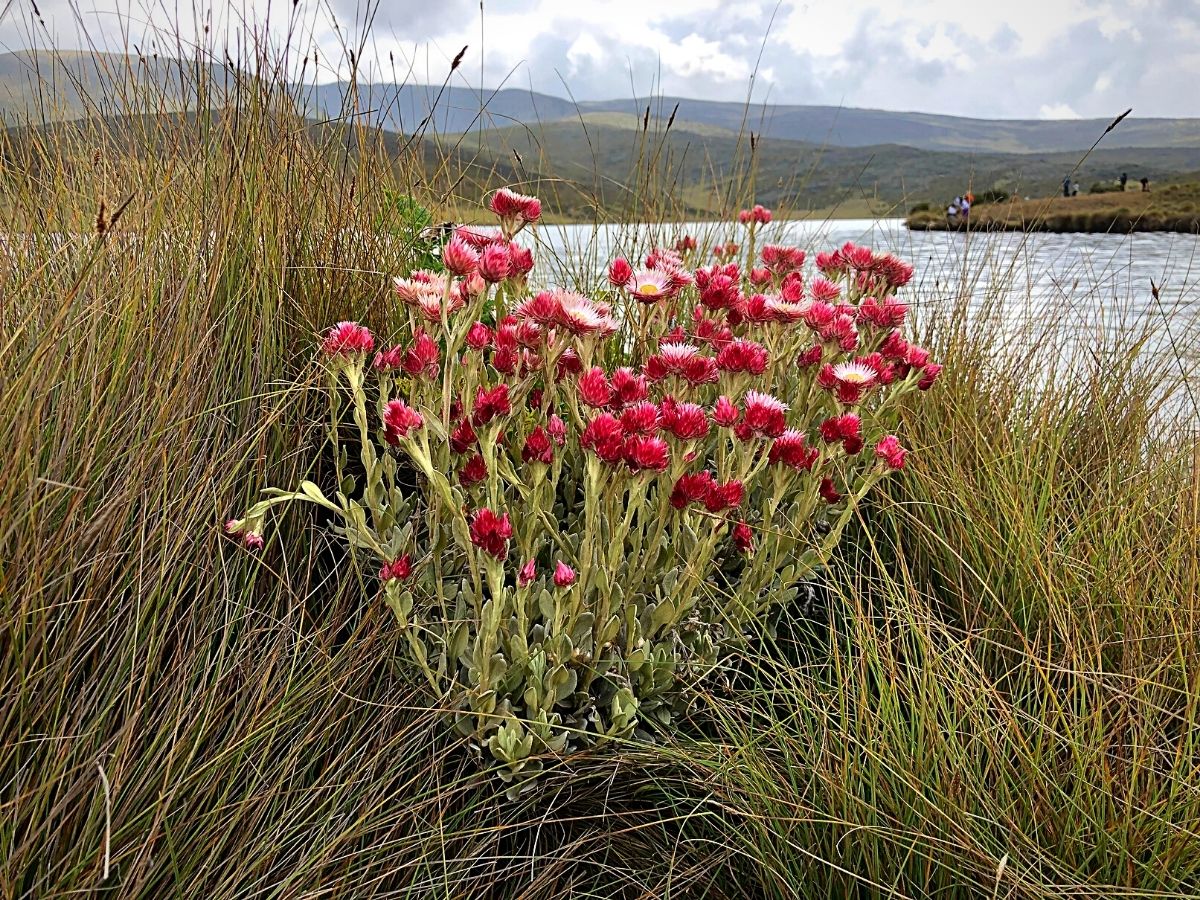
Helichrysums add quite some color to the montane landscapes, creating a delightful contrast against the lush greenery and rocky terrains. These flowers are often used in traditional medicine and are treasured for their essential oils, which hold therapeutic and aromatic value.
African Redwood (Hagenia Abyssinica) Is Another Forest Guardian
The montane forests of Mount Kenya and the Aberdare Range find yet another majestic guardian in the African Redwood, scientifically known as Hagenia Abyssinica. Also known as the East African Rosewood, this evergreen tree has numerous other names such as Mukulungu, Mdobore, or Mlozilozi in different local languages. It has glossy, pinnate leaves and reddish-brown bark, and dominates the canopy of these highland forests.
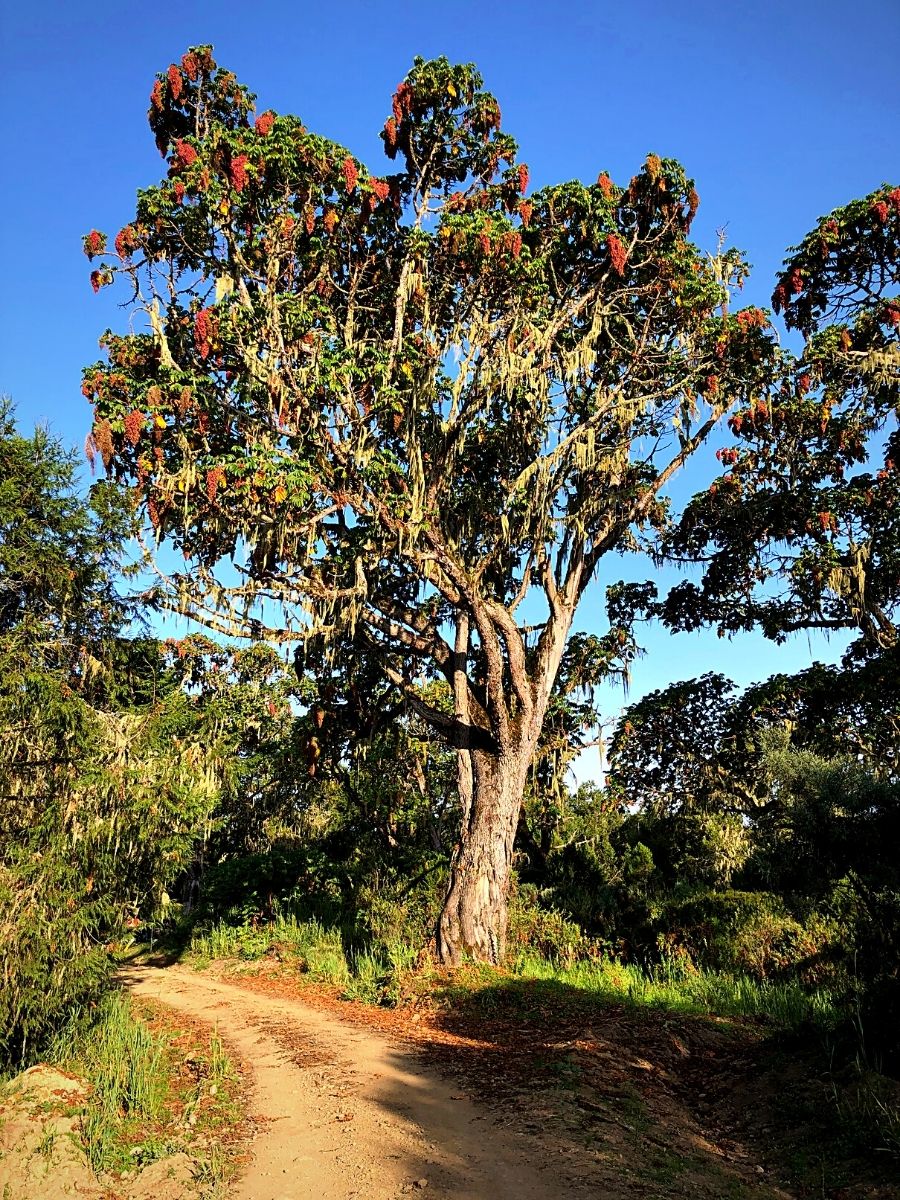
Native to the high-elevation Afromontane regions, the African Redwood plays a vital role in maintaining the ecological balance of the montane areas. Its dense foliage provides shelter and food for a plethora of wildlife, from forest elephants to colobus monkeys.
Additionally, the tree's fallen leaves act as a natural mulch, enhancing the soil and supporting the growth of other plant species in this biodiverse ecosystem.
Alpine Bamboo (Yushania Alpina) Is a Versatile High-Altitude Plant
The alpine bamboo also stands tall as one of the most versatile plants in the montane forests. Species like Yushania Alpina form dense stands, providing a natural barrier against soil erosion on steep mountain slopes. The bamboo thickets also serve as vital corridors for wildlife movement, allowing various species to traverse between forest fragments.
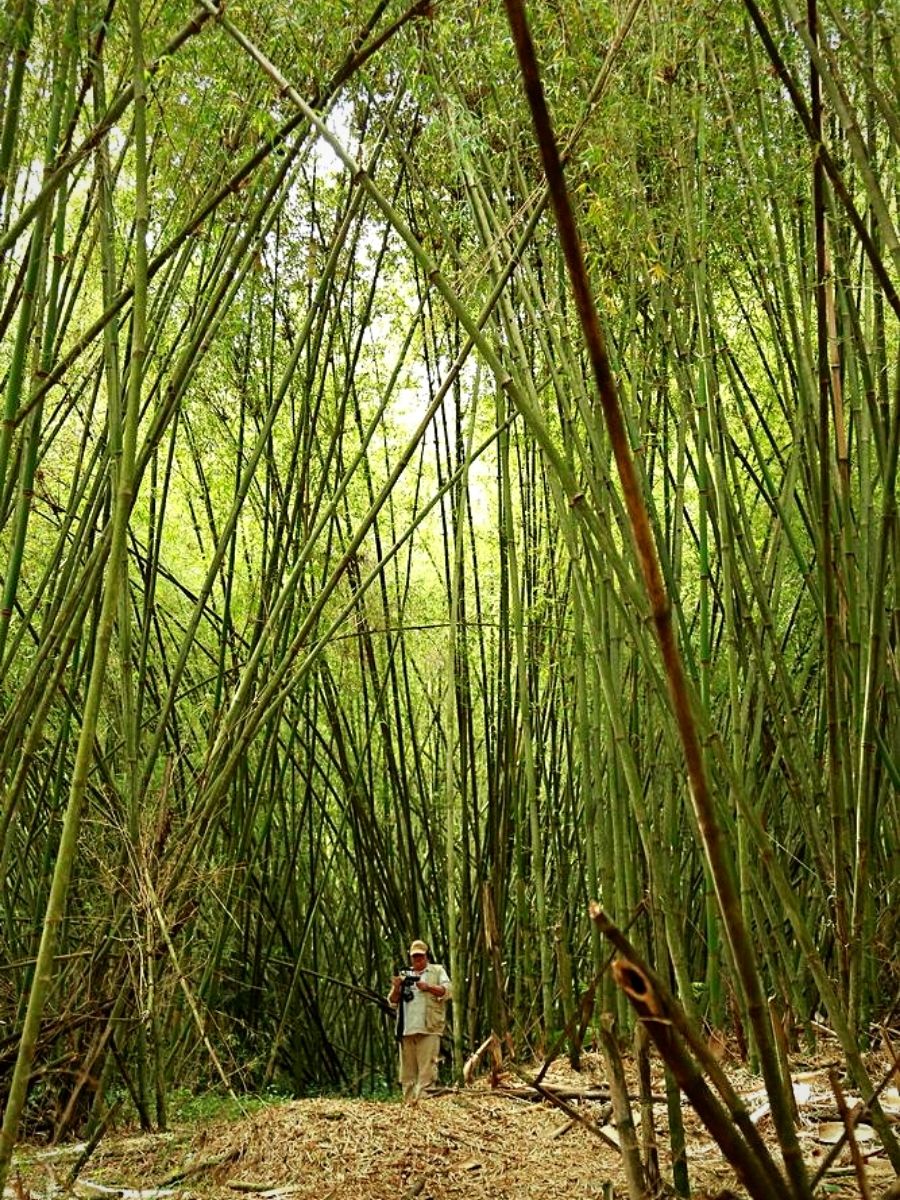
Photo by Pinterest.
Over and above its ecological significance, bamboo is an essential resource for local communities in the montane regions. Its culms are used for construction, crafts, and even as a source of food. Plus, the gentle rustling of bamboo leaves in the mountain breeze adds to the sense of serenity in these surreal landscapes.
Kenya's Highlands Host a Floral and Plantlife Legacy
While these may not be all the high-altitude areas in the country as numerous others exist, without a doubt, Kenya's montane regions are a marvel to behold. These regions host diverse and beautiful flora – and fauna - that flourishes at breathtaking heights. From the towering Giant Groundsel to the delicate Lady's Mantle, each of these plants adds its unique charm to this floral landscape.
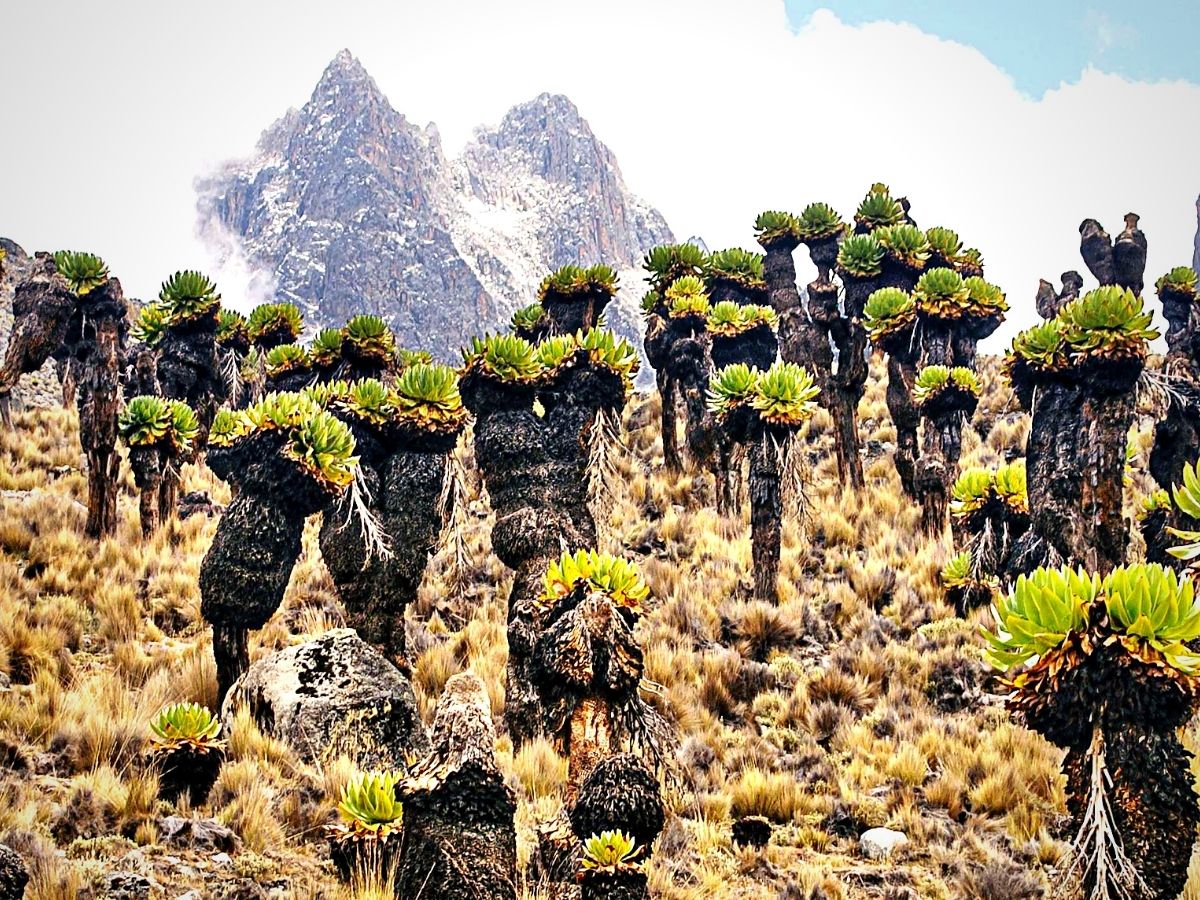
Photo by Martin Mergili.
The montane regions of Kenya are, therefore, not only a paradise for botanists but also a sanctuary for countless species of wildlife that depend on these floral wonders for survival.
These high-altitude ecosystems are also havens for inspiration, motivation, and building a sense of endurance and hence demand utmost care and conservation efforts to ensure their continued existence.
Feature image by Martin Mergili, header image by Martin Mergili.

